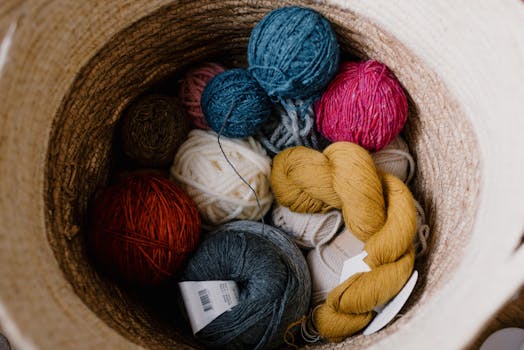Natural Fibers, Global Markets: Africa’s Role in the Sustainable Textile Revolution

Natural Fibers, Global Markets: Africa’s Role in the Sustainable Textile Revolution
Natural fibers, global markets, and Africa’s role are becoming increasingly intertwined as the world shifts towards a more sustainable and eco-friendly approach to textile production. The demand for natural fibers is on the rise, driven by consumer preferences for environmentally responsible and socially conscious products. Africa, with its rich resources and diverse range of natural fibers, is poised to play a significant role in this sustainable textile revolution.
Natural fibers such as cotton, jute, hemp, and flax are biodegradable, renewable, and require less water and pesticides compared to synthetic fibers. The global market for natural fibers is expected to grow, driven by the increasing demand for sustainable textiles. Africa is home to many of these natural fibers, with countries such as Egypt, South Africa, and Morocco being major producers of cotton, while Kenya and Tanzania are known for their high-quality sisal and jute.
The Role of Africa in the Global Natural Fiber Market
Africa’s role in the global natural fiber market cannot be overstated. The continent is home to over 60% of the world’s arable land, making it an ideal location for the production of natural fibers. African countries are also investing heavily in the development of their textile industries, with a focus on sustainable and eco-friendly practices. This has led to an increase in the production and export of natural fibers, with Africa becoming a significant player in the global market.
The African Continental Free Trade Area (AfCFTA) has also created new opportunities for African countries to trade with each other and with the rest of the world. This has led to an increase in the trade of natural fibers, with countries such as Egypt and South Africa becoming major exporters of cotton and other natural fibers. The AfCFTA has also created a platform for African countries to collaborate and share knowledge on sustainable textile production, further solidifying the continent’s role in the global natural fiber market.
Sustainable Textile Production in Africa
Sustainable textile production is a key aspect of Africa’s role in the global natural fiber market. Many African countries are adopting eco-friendly practices and investing in sustainable textile production methods. This includes the use of organic cotton, reducing water and energy consumption, and implementing fair labor practices. Sustainable textile production not only benefits the environment but also improves the livelihoods of farmers and workers in the textile industry.
Africa is also home to many innovative textile companies that are pushing the boundaries of sustainable textile production. These companies are using cutting-edge technology and traditional techniques to create high-quality, eco-friendly textiles. For example, the use of 3D printing and digital printing is becoming increasingly popular in Africa, allowing for the creation of complex designs and patterns while reducing waste and minimizing environmental impact.
Challenges and Opportunities
Despite the many opportunities and advantages, there are also challenges facing Africa’s natural fiber industry. One of the major challenges is the lack of infrastructure and technology, which can make it difficult for African countries to compete with other major producers of natural fibers. Additionally, the industry faces challenges related to climate change, pests, and diseases, which can impact crop yields and quality.
However, these challenges also present opportunities for innovation and growth. Many African countries are investing in research and development, looking for new and innovative ways to improve crop yields, reduce waste, and improve the overall sustainability of the textile industry. The African natural fiber industry is also attracting attention from international investors, who are looking to capitalize on the continent’s rich resources and growing demand for sustainable textiles.



